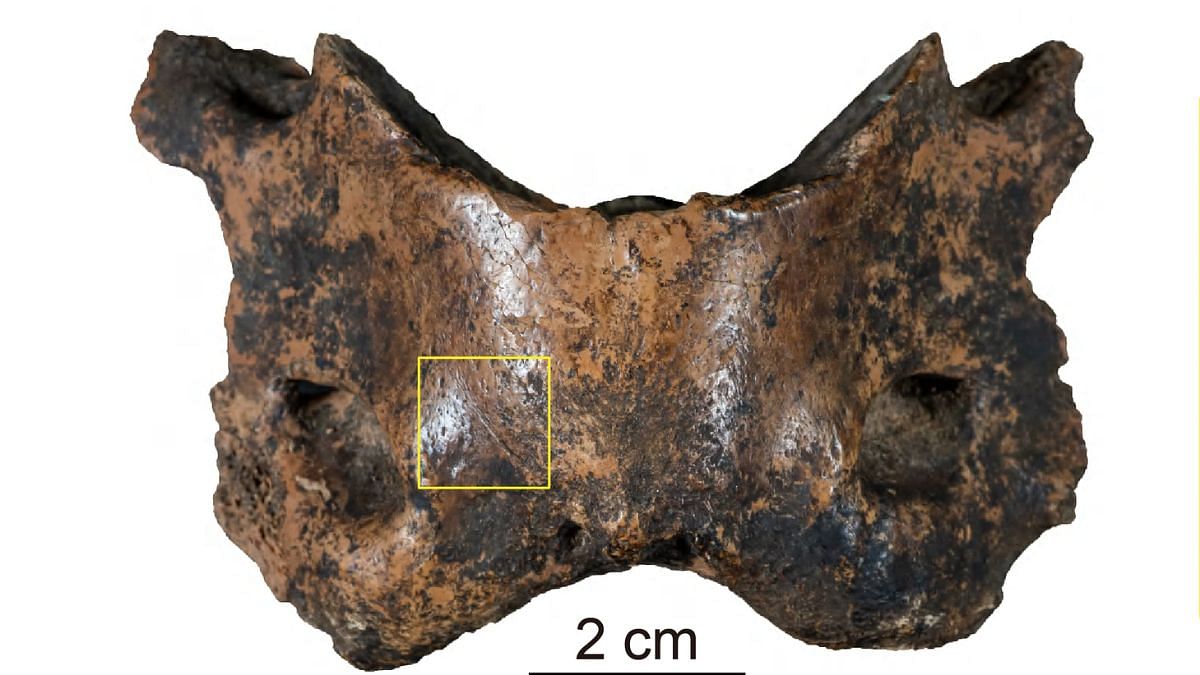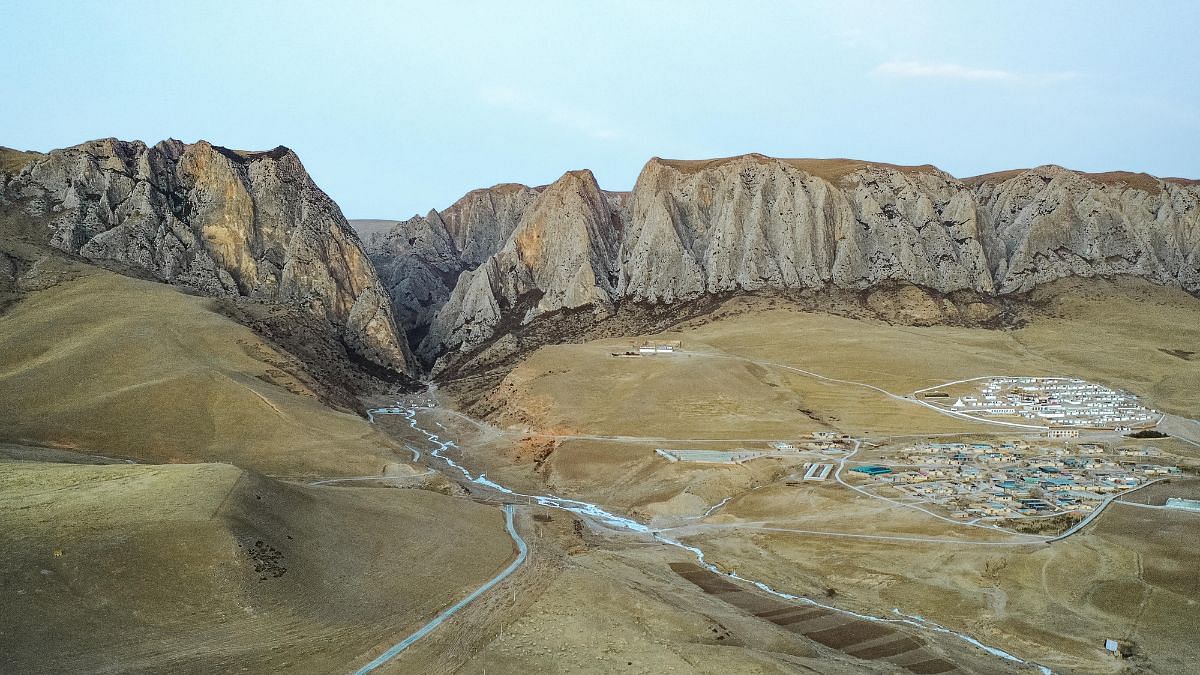New Delhi: An analysis of 2,500 mammalian bones found in the Baishiya Karst Cave on the Tibetan Plateau has shed new light on how the Denisovans — our mysterious extinct cousins — subsisted in caves 3,280 metres above sea level for 1,00,000 years.
The site has been home to the discovery of a single Denisovan fossil (a jawbone), according to a study published in May 2019 in the journal Nature. The same team of researchers has identified another fossil found in the cave as Denisovan.
Previous evidence had shown that the Denisovans populated the plateau from 1,60,000 to 60,000 years ago. The new analysis, however, has identified a rib specimen as being Denisovan, and dated it to a more recent period — 48,000 to 32,000 years ago.
The study, by researchers from Chinese, Danish and British institutions, was published Wednesday in Nature.
Apart from a hominin rib specimen, the other bones were of mammals the Denisovans fed on, and the study also found evidence of the Denisovans having “processed” those bones for various purposes.
The researchers identified the diet of the Denisovans through a scientific method that can differentiate between bone collagen of different animals to determine which species the bones belong to. The bones, it found, were mostly from mammals, indicating that the Denisovan diet included these animals.
Most of the bones were from blue sheep (bharal), while others were from wild yaks, the extinct woolly rhino, and the spotted hyena. Even snow leopard bone fragments were found, along with fragments from small mammals such as marmots, and birds such as the golden eagle and the common pheasant.
Some bone fragments found had traces of human activities, such as cut marks, indicating that the Denisovans had processed them. The meat had been removed and the bone marrow extracted, after which some of the bones were used as tool-making materials, while there was also evidence of the preparation of animal hides.

“Since we only know the Denisovans from a few fossils worldwide, they are still a bit of a mystery. Every new individual we discover therefore provides a significant piece to the puzzle of who they were, where they were living, and when,” Dr Zandra Fagernäs of the University of Copenhagen, one of the authors of the study, said in a statement from Lanzhou University in China.
Also Read: There’s a new problem — the term ‘modern humans’ doesn’t cut it any more
Humans and their cousins
Denisovans coexisted with modern humans and the Neanderthals, our closest extinct relatives, for several thousand years in Eurasia. Denisovans were the smallest of the three related species, standing 3 to 4 feet tall.
Homo sapiens or modern humans first appeared in Africa 3,00,000 years ago, and encountered and interbred with the other two species after migrating to Asia and Europe around 70,000 years ago. Of the two older species, the Neanderthals lived in Europe and Western Asia 4,00,000 to 3,00,000 years ago, and the Denisovans in Eurasia around 2,00,000 to 30,000 years ago.
Neanderthals are better understood, with their first fossils discovered in a cave in Germany as far back as 1856 AD. The Denisovans, on the other hand, are a newly identified species.
The fossils of the first Denisovans to be identified as such were discovered in 2008 by Russian scientists in Denisova Cave in Siberia. These remains were classified as a new species in 2010 by the Swedish geneticist Svante Pääbo, who went on to win the Nobel Prize for Physiology in 2022.
Since then, Denisovan remains have been identified in Laos and the Tibetan cave. The fragment of a jaw from the Baishiya Karst Cave was established as being of a Denisovan in 2019.
The rib bone analysed in the new study came from another Denisovan individual, researchers said in a statement from University of Reading.
While the Denisovans are known to have coexisted with modern humans and the Neanderthals before they went extinct, the researchers believe only Denisovans lived in the Baishiya Karst Cave.
“Current evidence suggests that it was the Denisovans, not any other human groups, who occupied the cave and made efficient use of all the animal resources available to them throughout their occupation,” Dr Jian Wang of Lanzhou University said in the statement from University of Reading.
Denisovans in Tibet
To identify the bone samples, the researchers used a screening method called Zooarchaeology by Mass Spectrometry (ZooMS). This method looked at amino acid structures of protein and, together with molecular analysis, helped determine the species of most specimens.
Most of the bones were from blue sheep, which are common to the Himalayas even today. From the other bone fragments identified, the researchers concluded that the area around the cave was dominated by a grass landscape with some small forested areas.
“The diverse species identified partly answers the questions why the Denisovans chose to live in Baishiya Karst Cave and the surrounding Ganjia Basin, and how they survived there for hundreds of thousands of years,” the statement from Lanzhou University quoted researcher Dr Dongju Zhang as saying.
The ZooMS analysis also revealed that the rib bone was a Denisovan fossil, and dated it to 48,000-32,000 years ago, coinciding with a time when modern humans too were dispersing across Eurasia.
(Edited by Nida Fatima Siddiqui)
Also Read: Humans (or something similar) were always destined to walk the Earth

